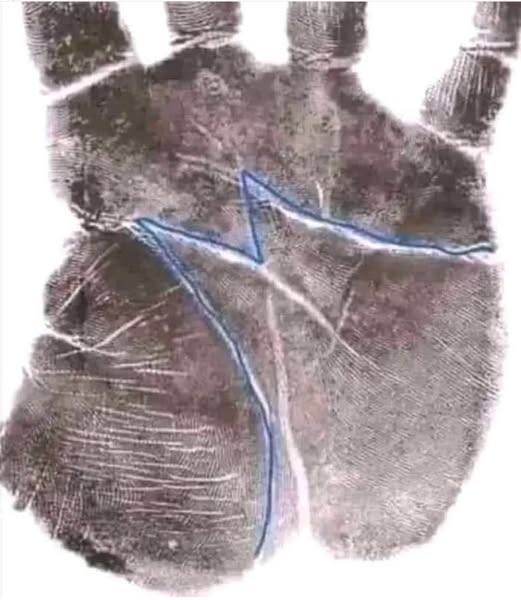After spending an extraordinary nine months in space, stranded astronauts Barry Wilmore and Sunita Williams finally returned to Earth on Tuesday, March 18.
Originally, the duo had traveled to the International Space Station (ISS) in June 2024. They had plans to complete their mission and return after just eight days. However, a series of complications extended their stay to an unexpected nine months.
Wilmore and Williams were transported back to Earth.

CAPE CANAVERAL, FLORIDA – MAY 06: NASA’s Boeing Crew Flight Test Commander Butch Wilmore (L) and Pilot Suni Williams walk out of the Operations and Checkout Building on May 06, 2024 in Cape Canaveral, Florida. The astronauts are heading to Boeing’s Starliner spacecraft, which sits atop a United Launch Alliance Atlas V rocket at Space Launch Complex 41 for NASA’s Boeing crew flight test to the International Space Station. (Photo by Joe Raedle/Getty Images)
Aside from breathing natural oxygen again, their bodies must reacclimate to gravity, which they haven’t felt for nearly a year. They may also face conditions such as “chicken legs” and “baby feet”. Caused by fluid shifts and muscle deterioration. Also as a heightened risk of cancer, according to the Daily Mail.
During their reintegration period, they will undergo extensive medical testing at NASA’s Johnson Space Center in Houston. Experts have already expressed concerns over visible signs of physical strain from their extended time in space.
Many observers noted that Wilmore and Williams appeared noticeably thinner upon their return, a common consequence of prolonged space missions. However, experts warn that weight loss is just one of many health concerns they may face.
One major issue is the accumulation of fluids in their heads due to increased pressure on their eyes and optic nerves— a condition known as Spaceflight Associated Neuro-Ocular Syndrome (SANS). While most astronauts’ vision returns to normal over time, NASA warns that some effects could be permanent, especially after such an extended mission.

Additionally, they may experience Spaceflight Venous Thrombosis (SVT), a condition where fluid shifts upward, causing facial puffiness.While most astronauts gradually recover from these effects, the unusually long duration of Wilmore and Williams’ mission raises concerns about potential long-term health implications.
What are your thoughts on their dramatic transformation after nine months in space? Let us know in the comments!







